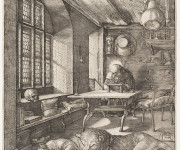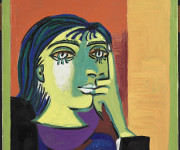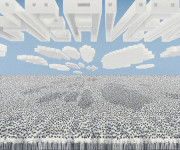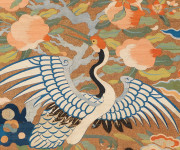The Frist Art Museum introduces “Southern/Modern,” a groundbreaking exhibition that provides a comprehensive survey of paintings and works on paper originating from the American South between 1913 and 1955. This collection captures a pivotal period of change and upheaval across the region. Organized in collaboration with the Mint Museum and the Georgia Museum of Art, the exhibition will grace the Frist’s Ingram Gallery from January 26 to April 28, 2024.
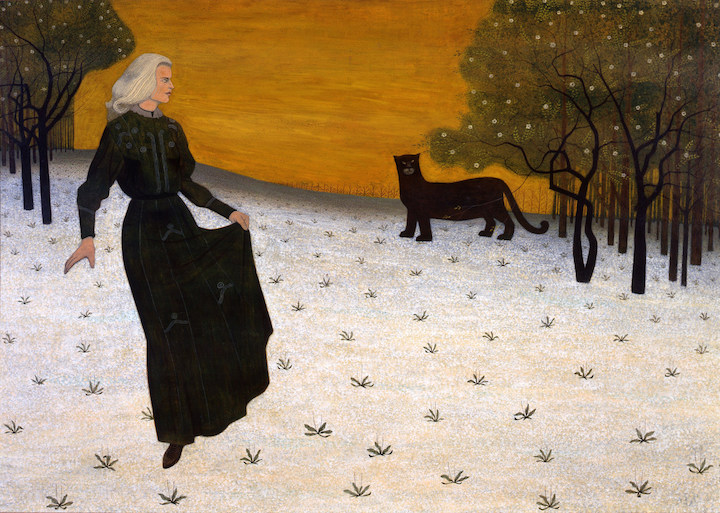
Carroll Cloar. A Story Told by My Mother, 1955. Casein tempera on Masonite; 28 3/8 x 40 1/4 in. Memphis Brooks Museum of Art, Memphis, TN. Bequest of Mrs. C.M. Gooch, 80.3.16. © Estate of Carroll Cloar
“Southern/Modern” showcases over a hundred works by renowned artists such as Carroll Cloar, Aaron Douglas, Caroline Durieux, Will Henry Stevens, Alma Thomas, and others. These artists, hailing from states below the Mason-Dixon line and as far west as the Mississippi River, delve into Southern experiences. The exhibition also includes contributions from artists outside the South, like Josef Albers, Jacob Lawrence, and Elaine de Kooning, who were associated with North Carolina’s experimental Black Mountain College. Notable figures such as Thomas Hart Benton, Elizabeth Catlett, and others contribute works that reflect on Southern experiences from a distance.
Chief curator Mark Scala of the Frist Art Museum describes the exhibition as an exploration of socially and stylistically progressive art in the American South. The show, addressing a subject historically overlooked by art historians and museums outside the region, reveals how modernism in the South aimed to foster a more open-minded and equitable society.
Curators Dr. Jonathan Stuhlman of the Mint Museum and Dr. Martha R. Severens, an independent scholar, intentionally include important works by women and people of colour, spanning styles from American scene painting and regionalism to cubism and abstraction. The thematic groupings within the exhibition weave together the rich cultures of the region, narrating tales of agriculture and industry, class division, racial injustice, natural beauty, and stylistic innovation.
Beginning with “Southerners,” the exhibition portrays everyday activities, challenging stereotypes while highlighting the enduring racial divide. “Landscape as Metaphor” delves into the South’s rural and agricultural identity, exploring scenes of natural beauty and environmental challenges. “Religion and Ritual” visualizes the cohering power of faith in Black communities, while “Segregation and Jim Crow” presents powerful indictments of racial injustice.
The section on “Laborers” spotlights farmers, coal miners, fishermen, and factory workers, addressing the dire conditions faced during the Great Depression and the impact of industrialization. The final sections, “Planting New Seeds: Colonies and Schools” and “Many Modernisms,” feature more abstract works by artists from outside the South or Southern artists influenced by global movements.
“Southern/Modern” presents a vibrant collection of emotionally charged works, showcasing how modern artists in the South sought to link social and aesthetic progress. Scala notes that while the art in the exhibition’s final sections reflects aspects of the region, it also transcends regional boundaries, underscoring the international nature of modernism. Yet, the distinctive narrative of a transformative period in America’s cultural identity distinguishes Southern modernism from its counterparts, prompting a reflection on the survival and thriving of progressive art in a region known for its resistance to change.

